 For many instructors, one of the most rewarding aspects of their work in emergency care training isn’t so much about the business of training as the art of good teaching. Being an effective teacher is one of those skills we can continue to hone and refine throughout our careers. One powerful way to “up your game” is by returning to the basics and reminding ourselves of some of the fundamentals that go into successful instruction.
For many instructors, one of the most rewarding aspects of their work in emergency care training isn’t so much about the business of training as the art of good teaching. Being an effective teacher is one of those skills we can continue to hone and refine throughout our careers. One powerful way to “up your game” is by returning to the basics and reminding ourselves of some of the fundamentals that go into successful instruction.
Here are a few rules of thumb to keep in mind when you are behind the podium or in front of the classroom:
- Be positive and approachable — Your students, no matter their age, need to feel comfortable and excited to be learning from you. Your positive attitude and openness to help them should be obvious to your students.
- Manage your classroom time — Set a class schedule, and make room for some fun in your training, like working in some practice time using our LOOP CPR skills game. Start on time; give breaks as promised. When you keep to your schedule, your students will like the easy flow of your class and will feel like you respected their time as well as made good use of yours.
- Make it real — Your ASHI and MEDIC First Aid programs are built around “real-life scenarios” that contextualize the course subject matter into settings your students resonate with. Many of our instructors also have their own experiences, and adding a personal story can be a powerful way to motivate your students to have that confidence to respond. Just be sure to keep an eye on the clock and keep your stories from becoming the primary focal point of the session. Plus, please be aware of the sensibilities of your audience – not everyone can handle all the vivid details and nitty-gritty of a real-life emergency.
- Be their cheerleader during skills practice time — As with any new skill, some students need more one-on-one help than others, and practicing CPR on a manikin is no different. When your students are working through the hands-on components of their course, it’s your chance to walk around your classroom and move from group to group to see who needs help or who seems reluctant to try the skill being performed. Find that balance between your students’ need for self-discovery and when you need to step in and lend a hand, and make sure those hands offer up some reinforcing applause now and then.
For more suggestions, see our Training Center Administrative Manual (TCAM) for a list of attributes for the proficient instructor. Plus, we’ve done a number of blog posts on the art of teaching. Next time you’re prepping for a class, take a quick scan through some of these to get in the zone:
5 Tips In 5 Minutes for Your CPR and First Aid Training Class
Effective Emergency Care Training, Part 1
Effective Emergency Care Training, Part 2
Not yet an emergency care instructor, but thinking about taking the plunge? Check out our eBook “Work That Touches the Heart” which gives you a quick intro on becoming an ASHI or MEDIC First Aid instructor, as well as some inspiration on why a career in emergency care training can be rewarding on so many levels.
What do YOU think are some of the fundamentals of good instructional techniques? Let us know in the comment fields below.








.png?width=600&name=HSI-CTA-EmergencyCareTraining%20(1).png)











Comments